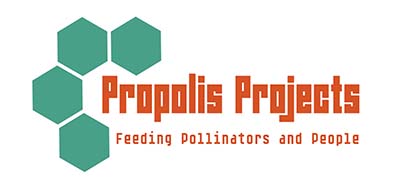GMO Soybean Yield Increases with Honey Bee Visits
GMO Soybean Yield Increases from Honey Bee Visits
This is the first report showing that using honeybee (Apis mellifera) and wild pollinators complementary pollination can enhance soybean productivity (Glycine max). Current industrial production of soybean involves autopollination and high loads of pesticides. Therefore, growers have neglected possible biotic pollination despite suggestions that soybean benefit from insect pollinators. Reports advocating possible biotic pollination are based on experiments where bees are caged with flowering plants and the absence of pesticides, thus not in field conditions. Therefore, here we compared in field conditions soybean yield produced (1) independently of biotic pollinators, (2) with wild pollinators, and (3) with honeybee colonies. Results showed an increase of +6.34% of soybean yield in areas where wild pollinators had free access to flowers. The introduction of honeybee colonies further raised the yield of +18.09%. Our findings therefore show that, though soybean is autogamous, allowing pollination by wild pollinators leads to higher yields. Moreover, adding honeybee mitigates pollination deficits and improves yield compared to current practices.
